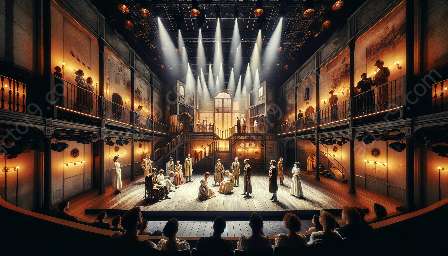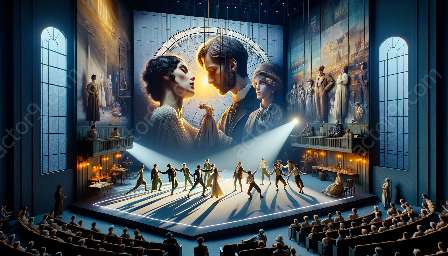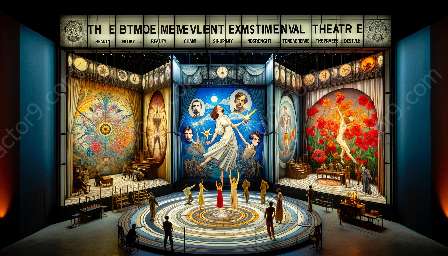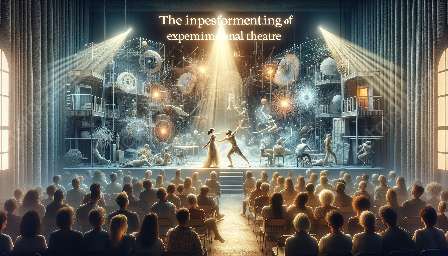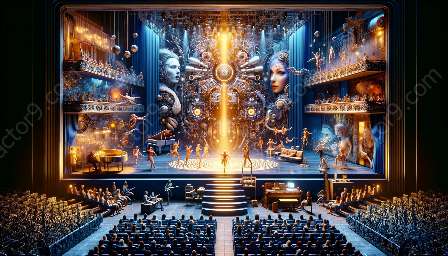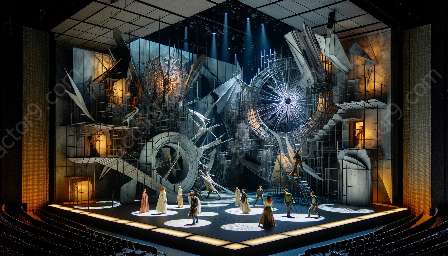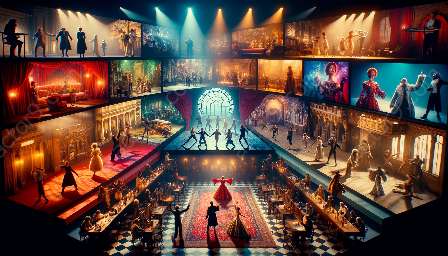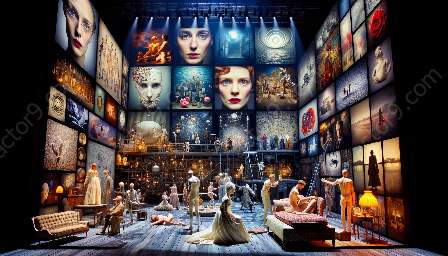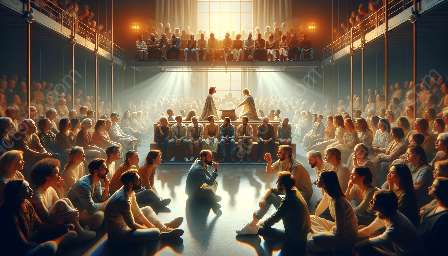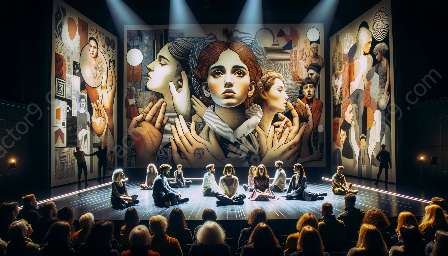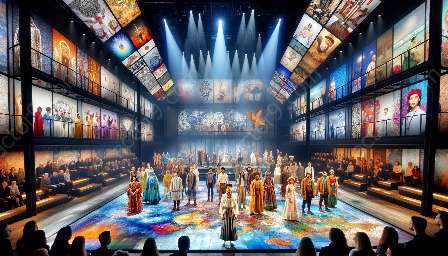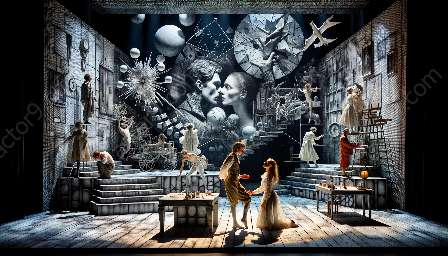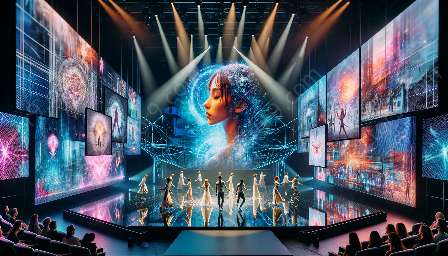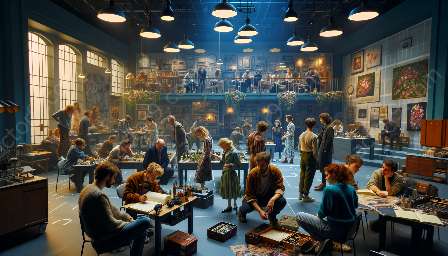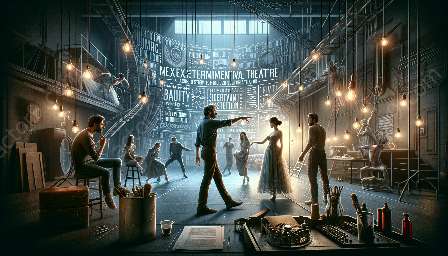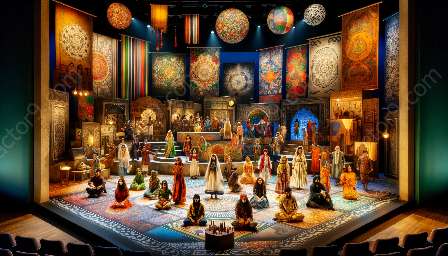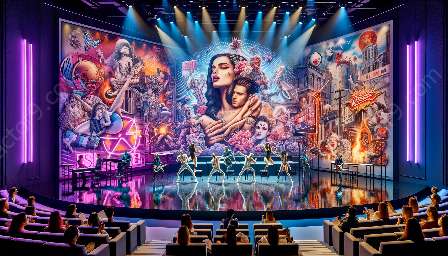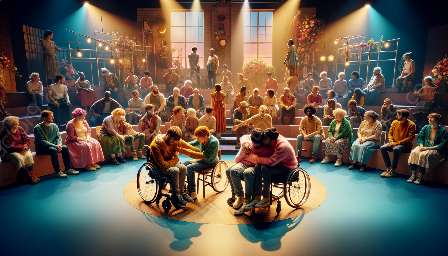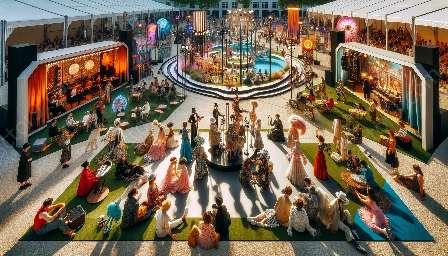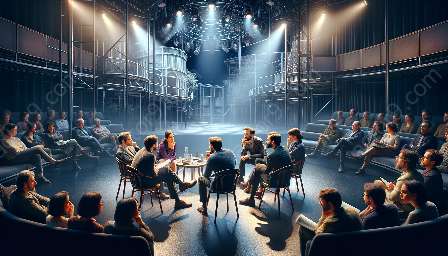Experimental theatre is known for its groundbreaking approach to storytelling, often challenging traditional norms and pushing the boundaries of what can be achieved on stage. This article will delve into the world of innovative storytelling techniques in experimental theatre and their impact on modern theatre.
Understanding Experimental Theatre
Before delving into innovative storytelling techniques, it's important to understand what sets experimental theatre apart from traditional forms of performance. Experimental theatre often seeks to disrupt conventional narratives and explore new modes of expression. This can manifest in a variety of ways, from non-linear storytelling to audience interaction and immersive environments.
Deconstruction of Narrative
One of the most prevalent techniques used in experimental theatre is the deconstruction of narrative. Instead of following a linear plotline, experimental productions might present disjointed fragments of storytelling, allowing the audience to piece together their own interpretation of the narrative. This approach challenges traditional storytelling conventions and invites viewers to engage with the performance on a deeper level.
Multi-Sensory Experiences
Modern technology and innovative staging techniques have enabled experimental theatre to offer multi-sensory experiences that immerse audiences in the storytelling process. From interactive projections to unconventional use of sound and lighting, these techniques create a more visceral and engaging form of storytelling that transcends traditional stagecraft.
The Impact on Modern Theatre
Experimental theatre has had a profound impact on modern theatre, influencing everything from stage design to narrative structure. By showcasing new possibilities in storytelling, experimental theatre has broadened the creative palette for contemporary playwrights and directors, inspiring them to explore unconventional approaches to engaging audiences.
Breaking Boundaries
By breaking free from traditional storytelling norms, experimental theatre has encouraged modern theatre practitioners to think outside the box. This has led to an evolution in the way stories are presented on stage, with more emphasis on non-linear narratives, audience interaction, and immersive environments.
Expanding Creative Horizons
Experimental theatre's emphasis on innovation and risk-taking has pushed modern theatre to expand its creative horizons. Playwrights and directors are more willing to experiment with unconventional storytelling techniques, knowing that audiences are increasingly open to non-traditional forms of performance.
Conclusion
Innovative storytelling techniques in experimental theatre continue to shape the landscape of modern theatre, challenging traditional norms and inspiring a new generation of theatremakers. As experimental theatre evolves and pushes the boundaries of storytelling, its impact on modern theatre remains a crucial force in shaping the future of the performing arts.

